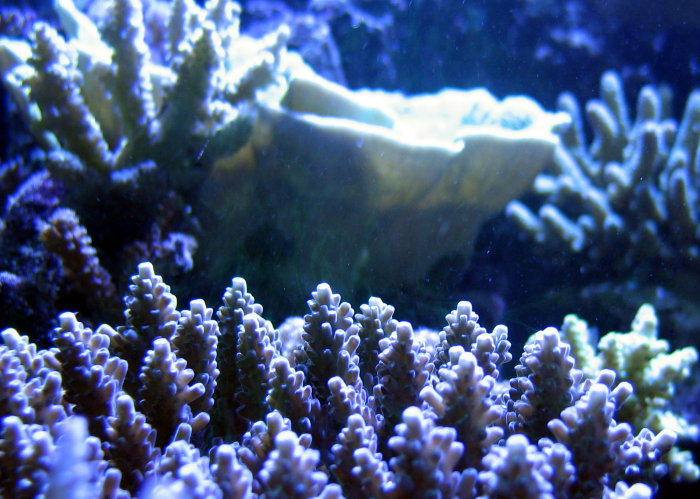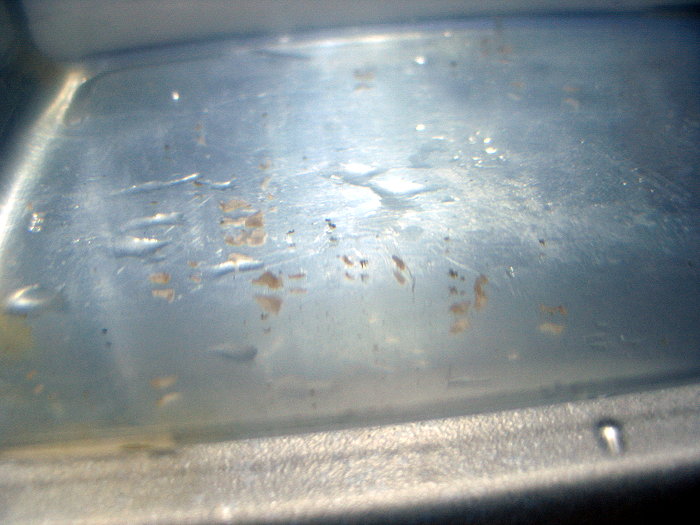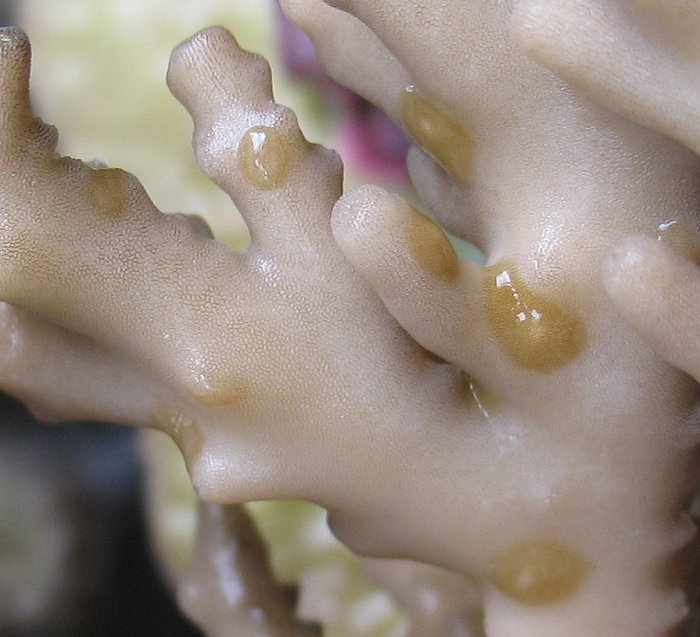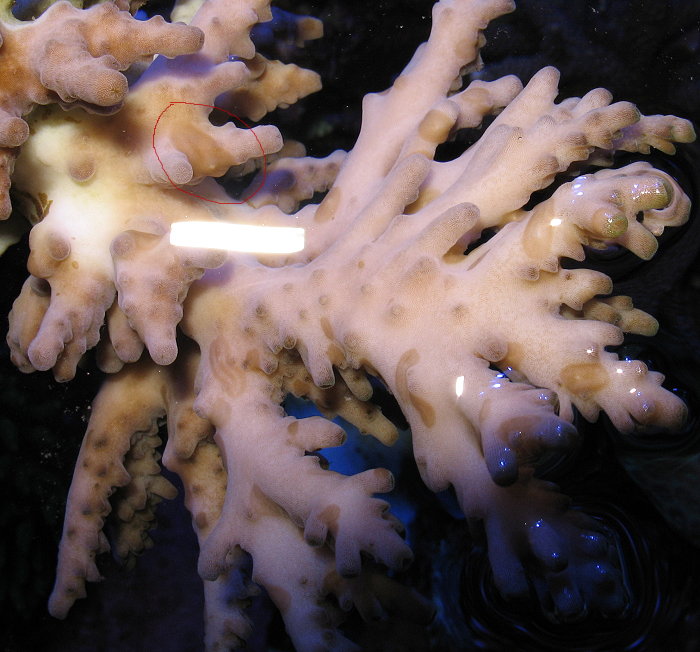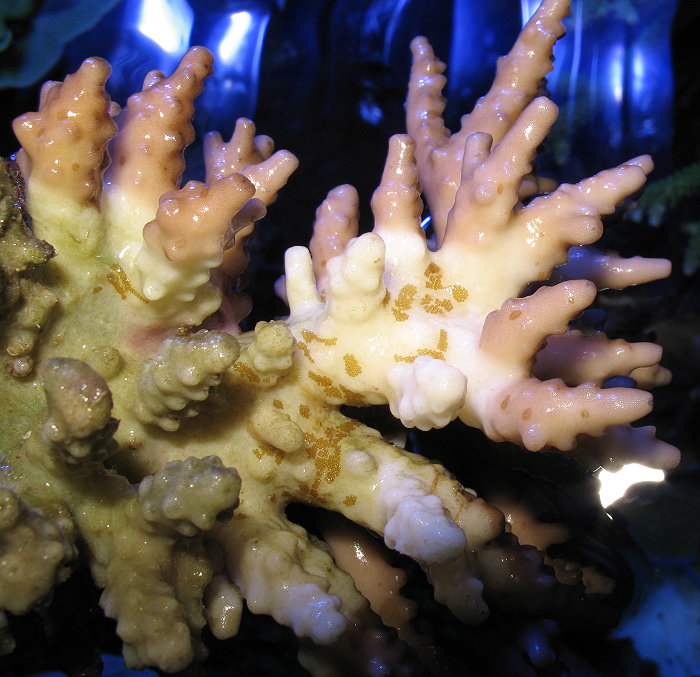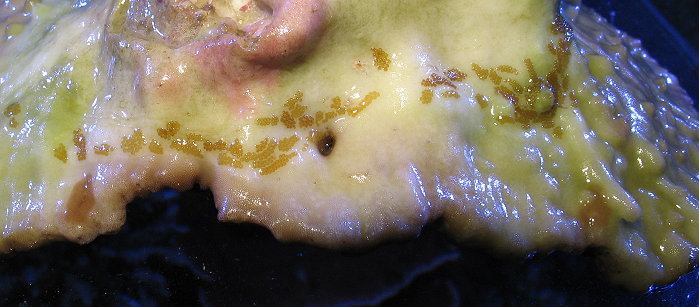-
Posts
12,428 -
Joined
-
Last visited
Content Type
Profiles
Forums
Gallery
Everything posted by Achilles Tang
-

Invisible acro-eating flatworms
Achilles Tang replied to Achilles Tang's topic in SPS and Advanced Reefkeepers Forum
I suppose that is good practice, Rav. It's supposed to be safe for corals. -

Invisible acro-eating flatworms
Achilles Tang replied to Achilles Tang's topic in SPS and Advanced Reefkeepers Forum
I agree bro... I agree. -
No kidding??!! How about a trade? Your flat plus car? I've got a small but comfortable centrally located flat in well-established neighbourhood with good amenities with well-established reef tank with all the equipment and livestock thrown in!
-
SG... as in Specific Gravity.... as in salinity of water! You get foam easily from saltwater! Whoever did this must have emptied 3 jugs of dishwashing liquid at least!!!
-

Invisible acro-eating flatworms
Achilles Tang replied to Achilles Tang's topic in SPS and Advanced Reefkeepers Forum
A good reason why we should all have quarantine tanks to hold all new specimens for at least 3 months. 3 months is what I hear most people recommend for such flatworms to complete their life cycle to adulthood from eggs. Sadly, this is not a luxury or practice that most of us follow... with such consequences. The upside to this is that those with green-spotted mandarinfishes, six-line wrasses or leopard wrasses may find them feasting on these flatworms (NOT the red planaria) IF they spot them. I guess a good countermeasure is to observe each specimen closely for negative changes, suspect the worse and try to spot for parasites such as these. The eggs can be scrapped off with a sharp knife and you can kalkwasser paste the adults if you have the time. If not, a dip with Lugols iodine (may not work for some species) or flatworm exit or Freshwater Dip may kill them (with risks to corals). Bottomline: I HATE FLATWORMS. -

Invisible acro-eating flatworms
Achilles Tang replied to Achilles Tang's topic in SPS and Advanced Reefkeepers Forum
-

Invisible acro-eating flatworms
Achilles Tang replied to Achilles Tang's topic in SPS and Advanced Reefkeepers Forum
-

Invisible acro-eating flatworms
Achilles Tang replied to Achilles Tang's topic in SPS and Advanced Reefkeepers Forum
I think they all died. Result: One highly stressed SPS coral. Here back in my tank... releasing flourescent green zooxanthellae.... -

Invisible acro-eating flatworms
Achilles Tang replied to Achilles Tang's topic in SPS and Advanced Reefkeepers Forum
The aftermath of the FW dip. At least 50 flatworms of different sizes have dropped off the bottom of the coral. They were almost invisible to the eye. -

Invisible acro-eating flatworms
Achilles Tang replied to Achilles Tang's topic in SPS and Advanced Reefkeepers Forum
-

Invisible acro-eating flatworms
Achilles Tang replied to Achilles Tang's topic in SPS and Advanced Reefkeepers Forum
-

Invisible acro-eating flatworms
Achilles Tang replied to Achilles Tang's topic in SPS and Advanced Reefkeepers Forum
-

Invisible acro-eating flatworms
Achilles Tang replied to Achilles Tang's topic in SPS and Advanced Reefkeepers Forum
-

Invisible acro-eating flatworms
Achilles Tang replied to Achilles Tang's topic in SPS and Advanced Reefkeepers Forum
-

Invisible acro-eating flatworms
Achilles Tang replied to Achilles Tang's topic in SPS and Advanced Reefkeepers Forum
Flipping it over, just out of the light... were loads of adult flatworms.... the invisible acro-eating ones. -

Invisible acro-eating flatworms
Achilles Tang replied to Achilles Tang's topic in SPS and Advanced Reefkeepers Forum
Shocker coming right up! -

Invisible acro-eating flatworms
Achilles Tang replied to Achilles Tang's topic in SPS and Advanced Reefkeepers Forum
A green acro colony that was green was turned browner and browner and was receding over months. I wondered why.... finally, I reached in and turned it over... #$*(&! -

Invisible acro-eating flatworms
Achilles Tang replied to Achilles Tang's topic in SPS and Advanced Reefkeepers Forum
-

Invisible acro-eating flatworms
Achilles Tang replied to Achilles Tang's topic in SPS and Advanced Reefkeepers Forum
-

Invisible acro-eating flatworms
Achilles Tang replied to Achilles Tang's topic in SPS and Advanced Reefkeepers Forum
-
I noticed a few corals not doing well... tissue receding, browning up, polyps not opening as it should. Especially the efflos.... and a Fiji table acro specimen. An investigation.... and an old friend of a different species have appeared.... acro-eating flatworms. First visible sign... egg patches, this one under an efflo.
-
The system is in school???
-
surface of a granite tile?
-
Congratulations!!!! So what's your little frag called?
-
If you are going to make that much effort monitoring the growth of the chaeto, why don't you measure the weight/mass of the clump on a regular basis? This will be compared against the nitrate/nutrient uptake rate which you are measuring.



